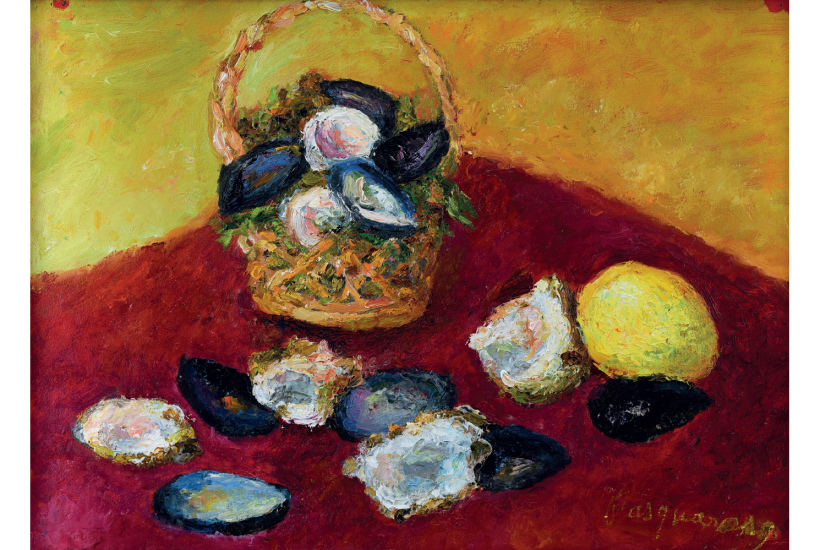In February 1929, an exhibition by a young unknown female painter opened at the Arlington Gallery on Bond Street. This was not surprising in itself, given that the gallery specialised in lesser-known artists. More surprising was the fact that this artist was a woman – and Italian.
As the critic Emilio Cecchi noted in the catalogue: ‘As regards the best Italian art of today the English public knows very little.’
Already a subscriber? Log in
Subscribe for just $2 a week
Try a month of The Spectator Australia absolutely free and without commitment. Not only that but – if you choose to continue – you’ll pay just $2 a week for your first year.
- Unlimited access to spectator.com.au and app
- The weekly edition on the Spectator Australia app
- Spectator podcasts and newsletters
- Full access to spectator.co.uk
Or
Unlock this article
You might disagree with half of it, but you’ll enjoy reading all of it. Try your first month for free, then just $2 a week for the remainder of your first year.








Comments
Don't miss out
Join the conversation with other Spectator Australia readers. Subscribe to leave a comment.
SUBSCRIBEAlready a subscriber? Log in